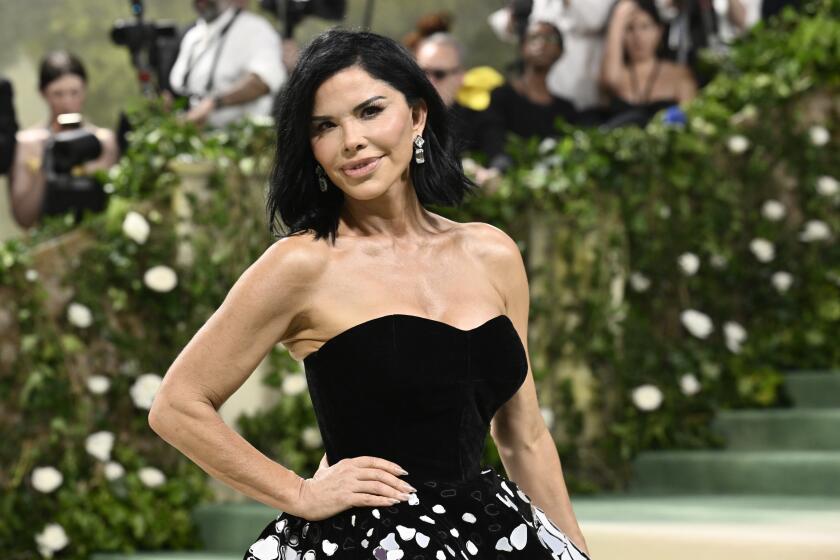Writers who climb into the world of their subjects
More than three decades have passed since Tom Wolfe released âThe New Journalism,â an acclaimed 1973 anthology exploring a type of nonfiction writing that fascinates readers as compellingly as novels while telling truthful, well-researched stories. This avant-garde style of writing places the author at the center of the story, narrating charactersâ inner thoughts and often using nontraditional punctuation. At that time, the nonfiction genre was being blasted open, and experimentation with form and language -- Truman Capoteâs nonfiction novel, âIn Cold Blood,â for example, Wolfeâs âThe Right Stuff,â as well as various forms of what came to be known as âgonzoâ journalism -- came to the fore.
But that was many years ago.
âThe days in which nonfiction writers test the limits of language and form have largely passed,â writes Robert S. Boynton in the introduction to âThe New New Journalism,â a collection of his interviews with writers pushing the boundaries of nonfiction writing.
Boynton asserts that todayâs practitioners do not so much fiddle with form and language as they reinvent the way one gets the story, particularly through the use of immersion strategies. Ted Conover, for example, became a prison guard at Sing Sing to write his book âNewjack.â âWolfe went inside his charactersâ heads: the New New Journalists become part of their lives,â Boynton explains.
This stance seems a bit reductive, since todayâs nonfiction writers still continue to experiment with form and language, albeit in subtler ways. We may not see many examples of âgonzoâ journalism today, but books by, say, Lawrence Weschler (âMr. Wilsonâs Cabinet of Wonders,â âVermeer in Bosniaâ), by questioning whatâs real and whatâs not, are huge experiments in form. And David Foster Wallaceâs essays, rife with self-absorbed but achingly funny footnotes, dilate form and language in ways never considered by the New Journalists.
The book offers interviews with 19 writers who represent a particular dimension of the New New Journalism: New Yorker writer Lawrence Wright, for example, who examines questions of belief in the wake of Sept. 11; and William Finnegan (âCold New Worldâ), who creates complex portraits of city life. There are also journalists writing muckraking exposes, like Eric Schlosserâs âFast Food Nation,â as well as those penning travel-adventure narratives, such as Jon Krakauerâs âInto Thin Air.â To open each interview, Boynton includes a short synopsis of the authorâs oeuvre and how it fits into the annals of remarkable narrative nonfiction, followed by a straightforward Q&A; interview.
The insights we glean from the authors are sizable and often interesting -- the number of nonfiction writers who walk around, mumbling to themselves, wondering what the story theyâre researching is really about, is astounding. But for someone writing about new and cutting-edge forms of nonfiction, Boynton could have tapped into one or two of the innovative techniques he hails. The interviews are not grouped by style or subject, for instance, but appear simply in alphabetical order.
Rather than providing a profile of an author, in which we see the writer at rest, perhaps settled in an environment that offers a glimpse into the authorâs temperament, Boynton simply states each question and the authorâs response. The same questions are asked of multiple writers. Where do you like to work? Do you consider this type of narrative nonfiction to be a uniquely American form of writing? Thus, thereâs no sense of spontaneity or entree into the writerâs world. Of the writers interviewed, only three are women. When one considers the work of many cutting-edge immersion journalists like Barbara Ehrenreich (âNickel and Dimedâ), this oversight seems problematic. And unlike Wolfeâs âThe New Journalism,â there are no examples of the work at hand, just quick rundowns of each authorâs body of work.
Still, for those fascinated by the writersâ process, wading through the interviews turns up golden nuggets. Schlosser reports that âthe critic in me falls asleep around midnight, and the writer in me loves to stay up late.â Richard Preston compares writing about scientific information within a nonfiction narrative to hanging laundry on a clothesline: âThe facts are the laundry, and the line is the line of the story. If you hang too much laundry on the line, the line will be dragged to the ground.... â
And Susan Orlean, who likes to get to know her subjects in their own territory, says that â[w]hen I see someone at home Iâm essentially running a lint brush over their life. Iâm able to pick up a thousand little threads of who they are and how they lead their life.â
*
Bernadette Murphy is a contributing writer to Book Review and the author of âZen and the Art of Knitting,â a work of narrative nonfiction.
More to Read
Sign up for our Book Club newsletter
Get the latest news, events and more from the Los Angeles Times Book Club, and help us get L.A. reading and talking.
You may occasionally receive promotional content from the Los Angeles Times.









